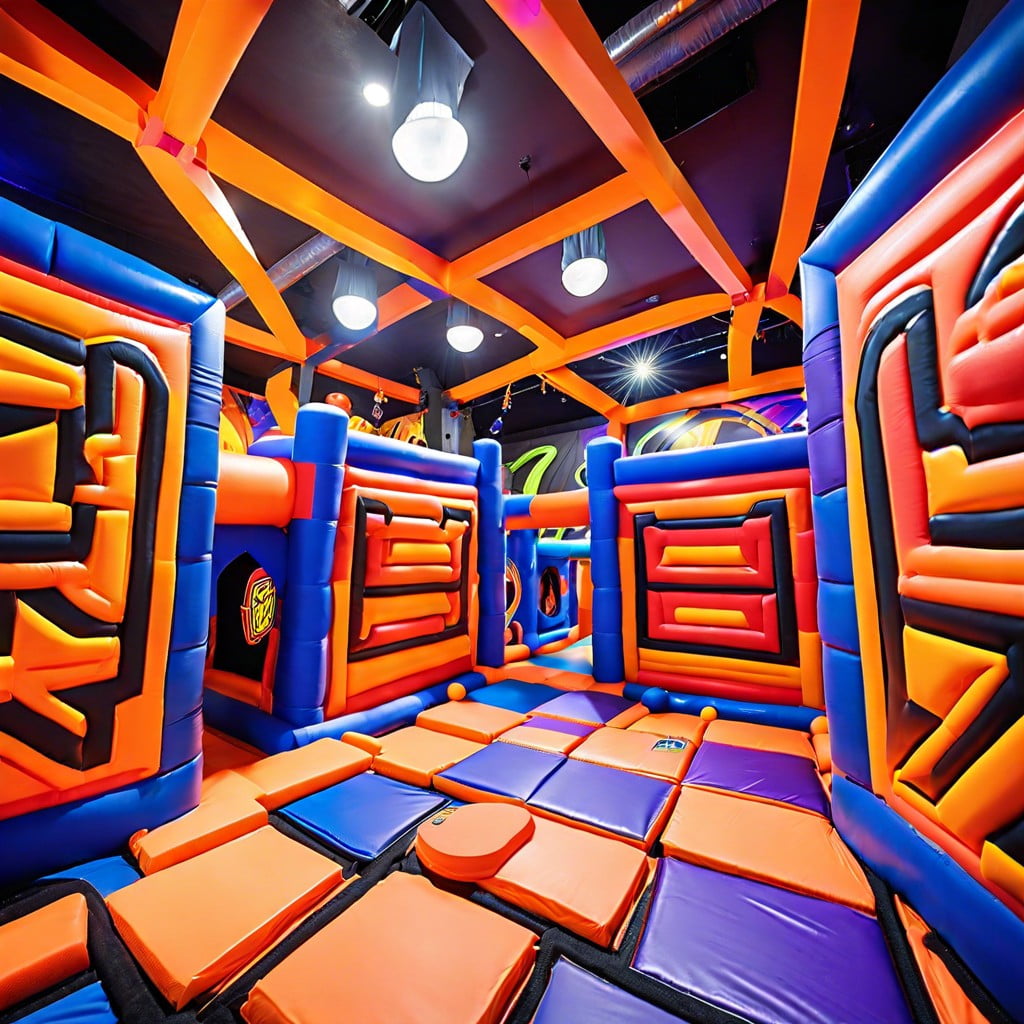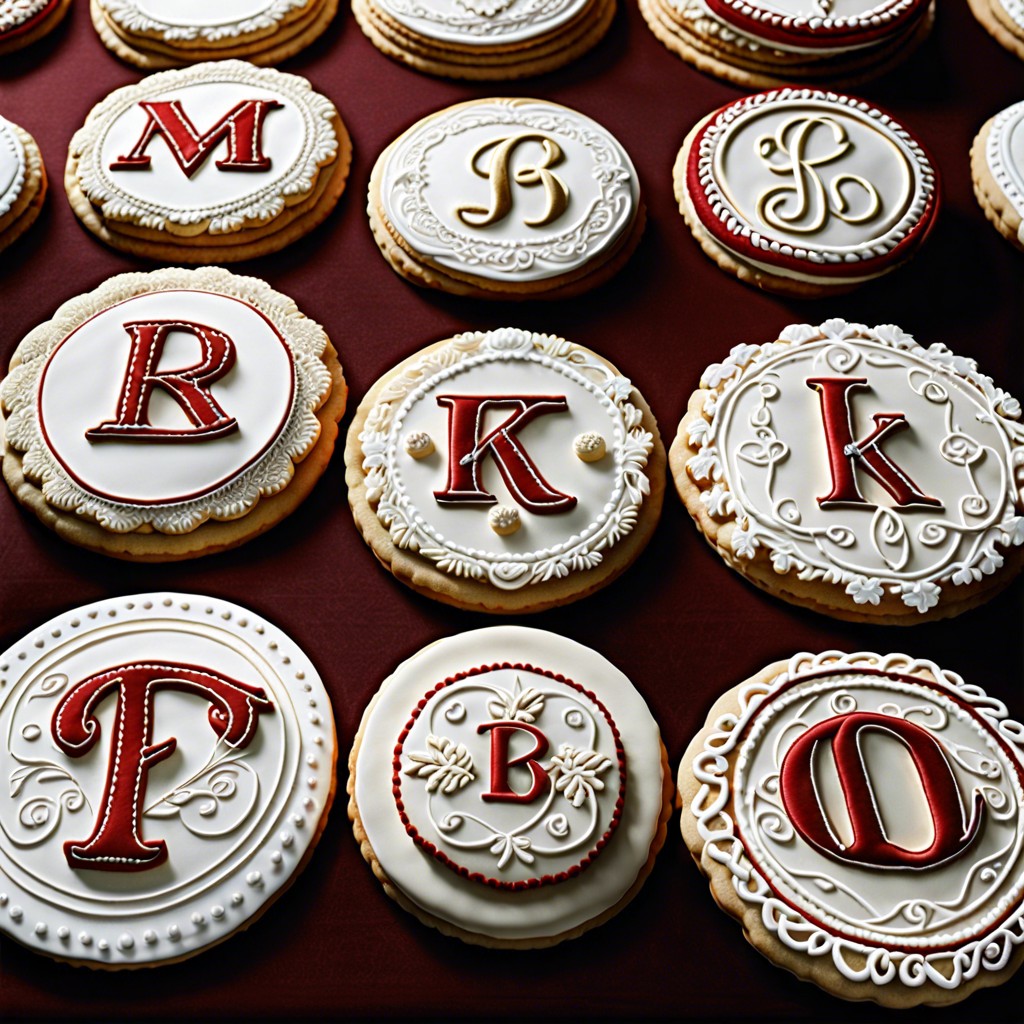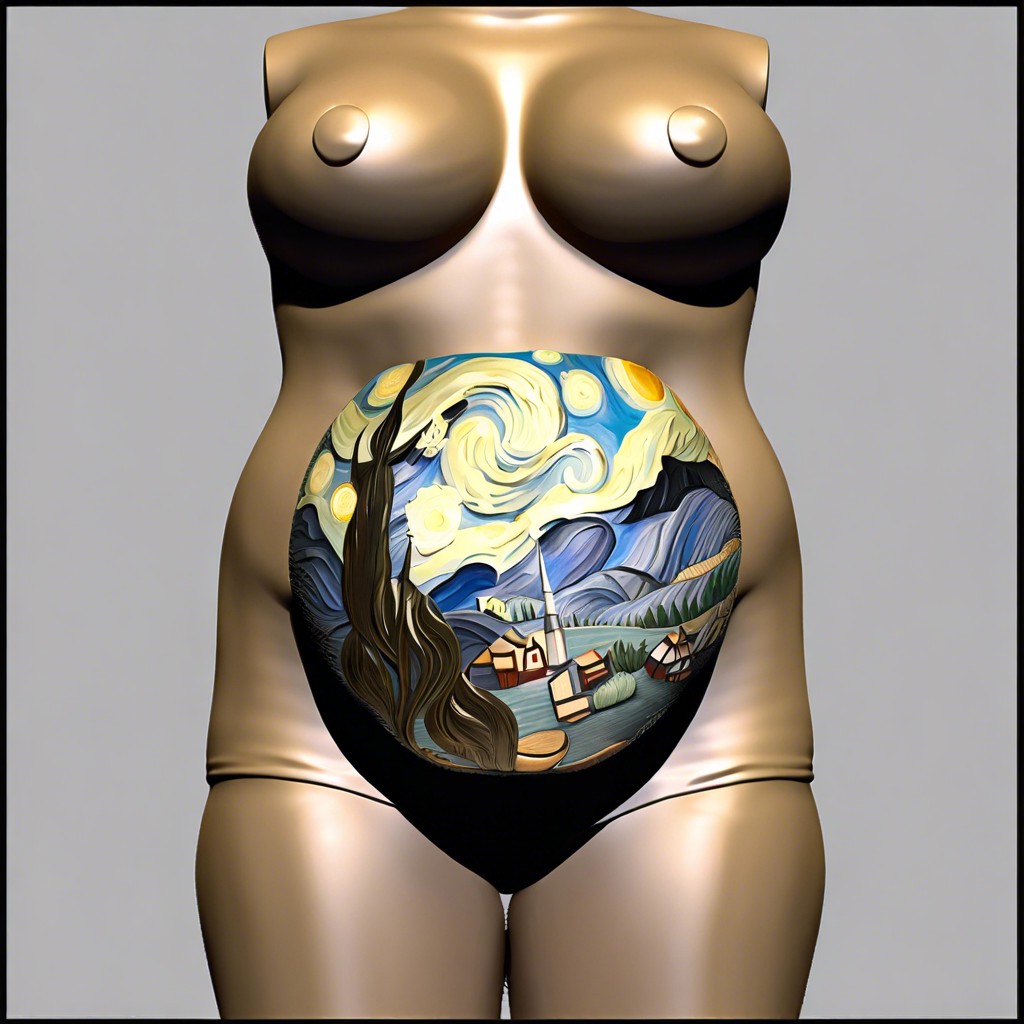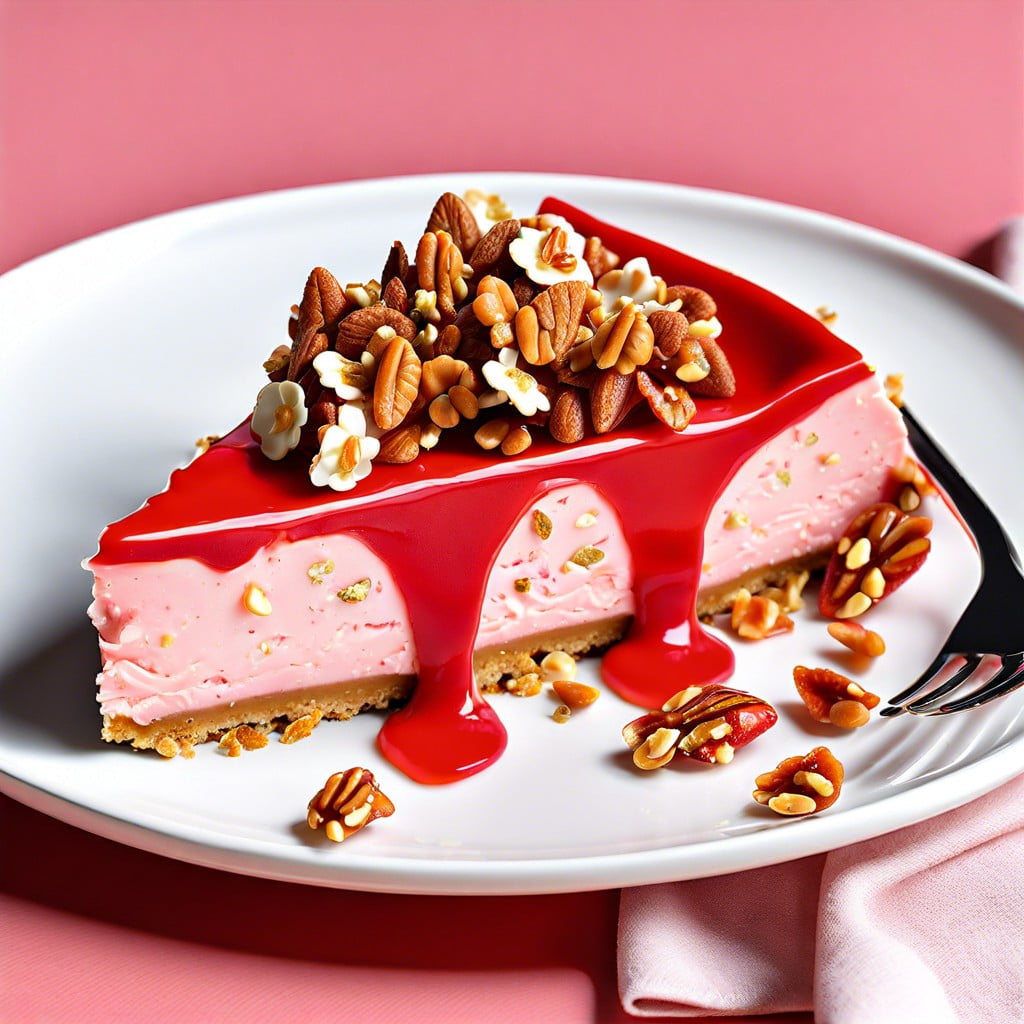Last updated on
Discover the key differences between chalk paint and acrylic paint to determine the best choice for your next craft project.
Key takeaways:
- Chalk paint: matte finish, requires wax or sealant for protection.
- Acrylic paint: versatile, dries quickly, durable without a topcoat.
- Chalk paint: less durable, needs sealant for high-traffic items.
- Acrylic paint: withstands handling, light cleaning, no topcoat needed.
- Chalk paint: minimal surface prep, no sanding or priming required.
- Acrylic paint: may require sanding, primer for better adhesion.
Chalk Paint and Acrylic Paint: Composition and Characteristics
Chalk paint is renowned for its matte finish and its hallmark, the soft, chalky texture. It contains calcium carbonate, talc, and pigments, which contribute to its unique velvety surface. This paint adheres well to a variety of surfaces without the need for priming, simplifying the preparation process.
On the other hand, acrylic paint boasts a water-based formula that dries quickly to a more durable, glossy finish. It comprises acrylic resin, pigments, and water, allowing it to flex and resist chipping. It’s versatile, often used for both art projects and home decor, and can be diluted with water to achieve a wash effect or used thickly for an impasto technique.
Both types of paint are easy to clean up with soap and water, and they are low-VOC (volatile organic compounds), making them a safer choice for indoor use.
Pros and Cons of Chalk Paint
Chalk paint adheres well to a variety of surfaces without requiring prior sanding or priming, making it great for quick and easy makeovers. It gives a matte, velvety finish that exudes a rustic, shabby chic appeal. This makes it suitable for creating distressed looks, as it can be easily sanded to achieve a worn effect.
Additionally, chalk paint dries quickly allowing for faster completion of projects.
On the downside, chalk paint can be more expensive than acrylic and may require a wax or sealant to protect the finish. This adds an extra step to the finishing process. Also, while the matte finish is desirable for certain styles, it might not be ideal for those looking for a glossier appearance. It is less resistant to wear and tear unless properly sealed, so it might not be the best choice for items that require high durability.
Pros and Cons of Acrylic Paint
Acrylic paint is renowned for its versatility and ease of use:
- Water-based and non-toxic, it’s safe for all ages and dries quickly, allowing for rapid project completion and layering.
- The paint adheres to a wide variety of surfaces without the need for significant prep work, suiting both novice and seasoned crafters.
- Its durability, once dried, is a considerable advantage, resisting wear and tear in high-use items and projects.
- A vast range of colors is available with the option of easy mixing to achieve custom shades.
However, there are some downsides to consider:
- Acrylics can dry too fast for some techniques, which might hinder blending or layering.
- Sometimes, the paint may dry slightly darker than when it’s wet, potentially impacting the final look of a project.
- Brushes and other tools need immediate cleaning after use to prevent the paint from hardening and becoming difficult to remove.
- The finish can be a bit plasticky for those desiring a more natural look, and varnish or a sealant may be necessary for a protective coat.
Durability: Chalk Paint Vs Acrylic Paint
Chalk paint offers a matte finish that’s effortlessly chic but can be prone to scratches and stains without a proper sealant. Generally, it isn’t as durable as acrylic but can last well with a wax or polyurethane topcoat.
On the other hand, acrylic paint boasts a more robust finish that can withstand handling and light cleaning, making it ideal for items that see frequent use. It’s inherently more durable and often doesn’t require a topcoat, but for surfaces that endure heavy wear, a varnish can extend its life further.
Consider the intended use of your project when deciding between the two; for low-traffic items, chalk paint’s charm might be perfect, but for durability in high-use situations, acrylic is the better contender.
Surface Preparation Requirements
Chalk paint adheres well to most surfaces with minimal preparation. Often, light cleaning to remove dust or grease is sufficient. Sanding or priming is typically unnecessary, even when painting over varnish or laminate, making it a time-saver for DIY enthusiasts.
Acrylic paint, on the other hand, may require a more thorough preparation process depending on the surface. Glossy or non-porous surfaces usually need sanding to roughen them up for better adhesion. A primer is recommended to prevent peeling or chipping, especially on slick surfaces or when changing from a dark to a light color.
For both types of paint, ensure the surface is dry and free from loose debris before applying paint for optimal results. Remember that proper preparation can enhance the durability and finish of your project.
Recap:




